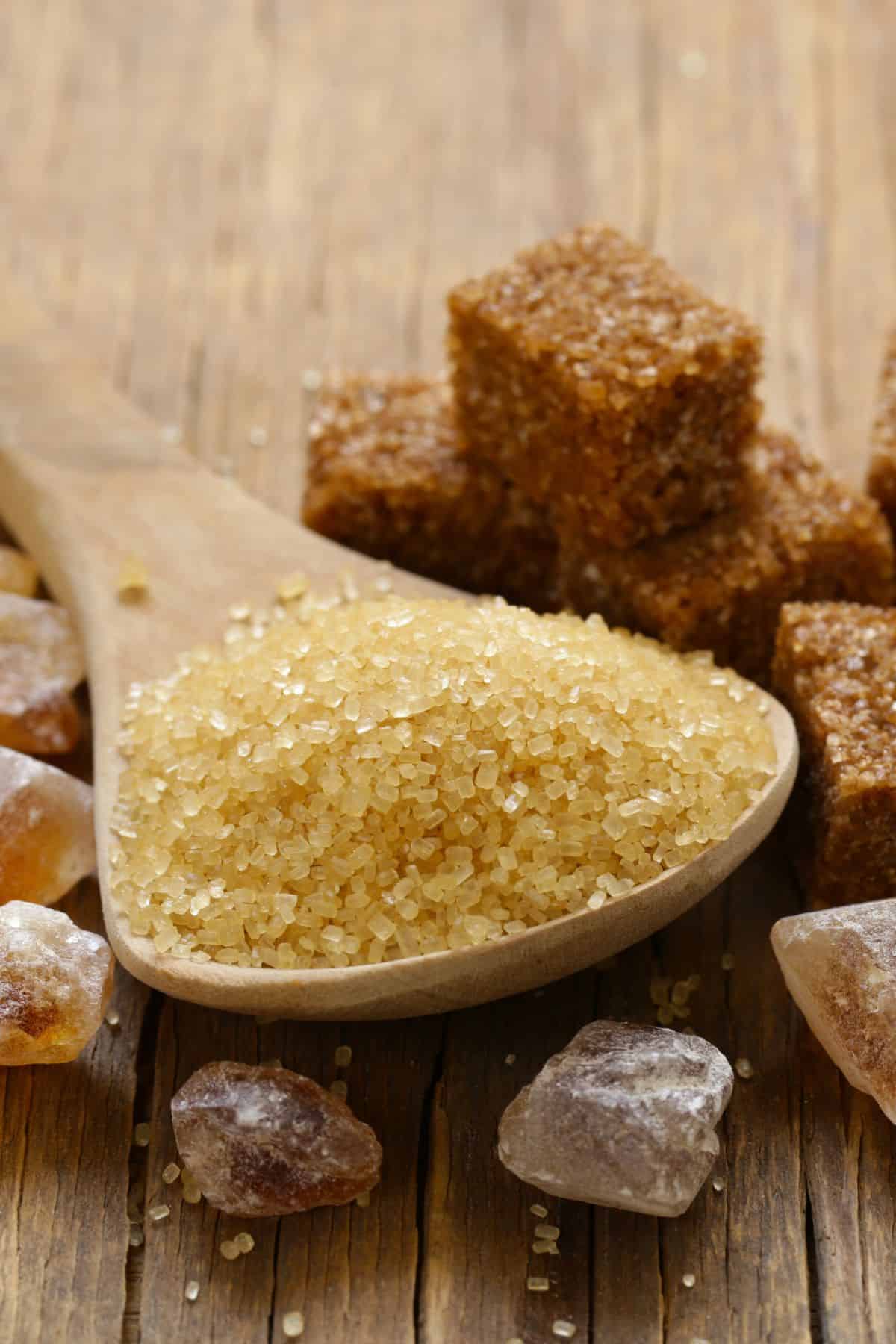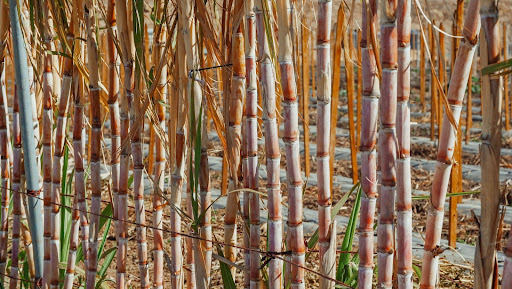Comprehending Cane Sugar Processing: A Comprehensive Introduction of the Stages
Comprehending Cane Sugar Processing: A Comprehensive Introduction of the Stages
Blog Article
Exploring the Comprehensive Tips Associated With Cane Sugar Handling From Collecting to Improvement
The process of walking cane sugar production includes a series of detailed actions, starting with the cautious harvesting of sugarcane and finishing in the improvement phases that guarantee the final item fulfills industry standards. Each phase, from the extraction of juice to the purification and condensation processes, plays an essential duty in figuring out the top quality and character of the sugar.
Gathering Sugarcane
Gathering sugarcane is a critical action in the cane sugar handling chain, as it directly affects the top quality and yield of the final product. Proper timing and strategies are important throughout this phase to guarantee optimal sugar material and lessen losses. Generally, sugarcane is collected when it gets to maturity, typically 12 to 18 months after growing, identified by a high sucrose focus.

Post-harvest, the sugarcane must be refined swiftly to stop sucrose destruction. Preferably, collected walking stick must be transported to refining centers within 24 hours to maintain sugar quality. For that reason, efficient logistical planning is essential to keep the honesty of the gathered crop throughout the supply chain.
Extraction Process

The smashed walking stick goes through a collection of pushing operations to make best use of juice healing. Generally, warm water is splashed onto the smashed walking cane, developing a countercurrent circulation that assists liquify the sugar while also helping in the extraction process. The juice collected from this operation includes not just sugar but also different natural compounds and contaminations.

To boost extraction efficiency, some facilities might utilize diffusion approaches, where the sugarcane is taken in warm water, permitting the soluble sugars to diffuse right into the fluid. The resulting juice, abundant in sucrose, is then directed to subsequent handling stages, laying the structure for filtration and improvement. The removal process is therefore pivotal in identifying the high quality and yield of the final sugar product.
Filtration Methods
The filtration methods used in cane sugar processing are crucial for transforming the raw juice into a top notch sugar product. These approaches mainly intend to remove contaminations, such as dirt, plant materials, and inorganic compounds, which can negatively affect the final product's taste and color.
Among the most usual purification methods is clarification. This procedure includes adding lime and heat to the raw juice, which assists in the coagulation of impurities. The resulting precipitate is then gotten rid of with sedimentation or filtration, yielding a more clear juice. In addition, using phosphoric acid can enhance the information process by more binding pollutants.
One more considerable method is carbonatation, where carbon dioxide is presented to the helpful hints clarified juice. This response generates calcium carbonate, which catches remaining contaminations and advertises their removal.
Furthermore, triggered carbon treatment might be applied to adsorb any type of remaining colorants and natural impurities, making sure an extra refined item. The combination of these methods effectively prepares the sugar juice for succeeding steps in the refining procedure, setting the phase for the manufacturing of top notch cane sugar.
Condensation Approaches
After the purification phase, the following critical action in cane sugar processing involves crystallization methods, which play a critical duty in changing the clarified juice right into strong sugar. This process typically uses 2 key methods: spontaneous formation and regulated crystallization.
In spontaneous formation, supersaturated sugar solutions are allowed to cool down naturally, resulting in the development of sugar crystals in time. This method is less complex but may result in irregular crystal dimensions and lower pureness levels. On the other hand, regulated crystallization is a more accurate strategy where temperature, seeding, and focus representatives are thoroughly managed. This approach permits for the consistent development of sugar crystals and higher purity.
During condensation, the clarified juice is concentrated via evaporation, raising its sugar material up until it gets to supersaturation. Once this point is accomplished, either technique can assist in the condensation process. Cane Sugar Processing. The resultant sugar crystals are then divided from the staying syrup via centrifugation
Eventually, the selection of condensation approach affects the quality, dimension, and purity of the last sugar item, making this action important in the general you can try these out cane sugar handling procedure.
Refinement and Product Packaging
Exactly how can the purity and top quality of walking cane sugar be better improved after formation? The refinement procedure plays a vital role in accomplishing top quality walking stick sugar.
Next, the sugar goes through a process called centrifugation, where it is rotated at broadband to divide the detoxified sugar crystals from the continuing to be liquid. After centrifugation, the sugar is commonly further improved with a technique called carbonization or phosphatation, which uses turned on carbon or phosphoric acid to get rid of color and off-flavors.
Once fine-tuned, the sugar is dried out to accomplish the preferred moisture web content, making sure that it stays stable during storage space and transportation. The final step involves packaging the refined sugar in closed and moisture-proof containers to keep its quality and stop contamination. Cane Sugar Processing. Correct packaging not just extends service life but also helps with very easy handling and distribution, making sure that consumers receive sugar that satisfies the greatest standards of purity and top quality
Final Thought
The thorough actions involved in walking cane sugar processing, from the thorough harvesting of sugarcane to the detailed improvement and product packaging stages, highlight the significance of each phase in making sure premium sugar production. Ideal harvesting techniques, effective removal techniques, and strenuous purification procedures jointly add to the last product's pureness and security. The crystallization and subsequent product packaging practices further improve the integrity and service life of the sugar, highlighting the visit this site right here complexity and precision intrinsic in this crucial agricultural industry.
The process of walking cane sugar manufacturing incorporates a series of intricate actions, beginning with the careful harvesting of sugarcane and culminating in the refinement phases that make certain the last product fulfills sector requirements. Preferably, harvested walking cane must be transported to refining facilities within 24 hours to preserve sugar high quality.In spontaneous crystallization, supersaturated sugar services are allowed to cool naturally, leading to the development of sugar crystals over time - Cane Sugar Processing. The improvement process plays a crucial role in accomplishing premium walking cane sugar.The thorough steps involved in walking cane sugar handling, from the thorough harvesting of sugarcane to the intricate improvement and packaging stages, emphasize the relevance of each phase in making certain top notch sugar manufacturing
Report this page